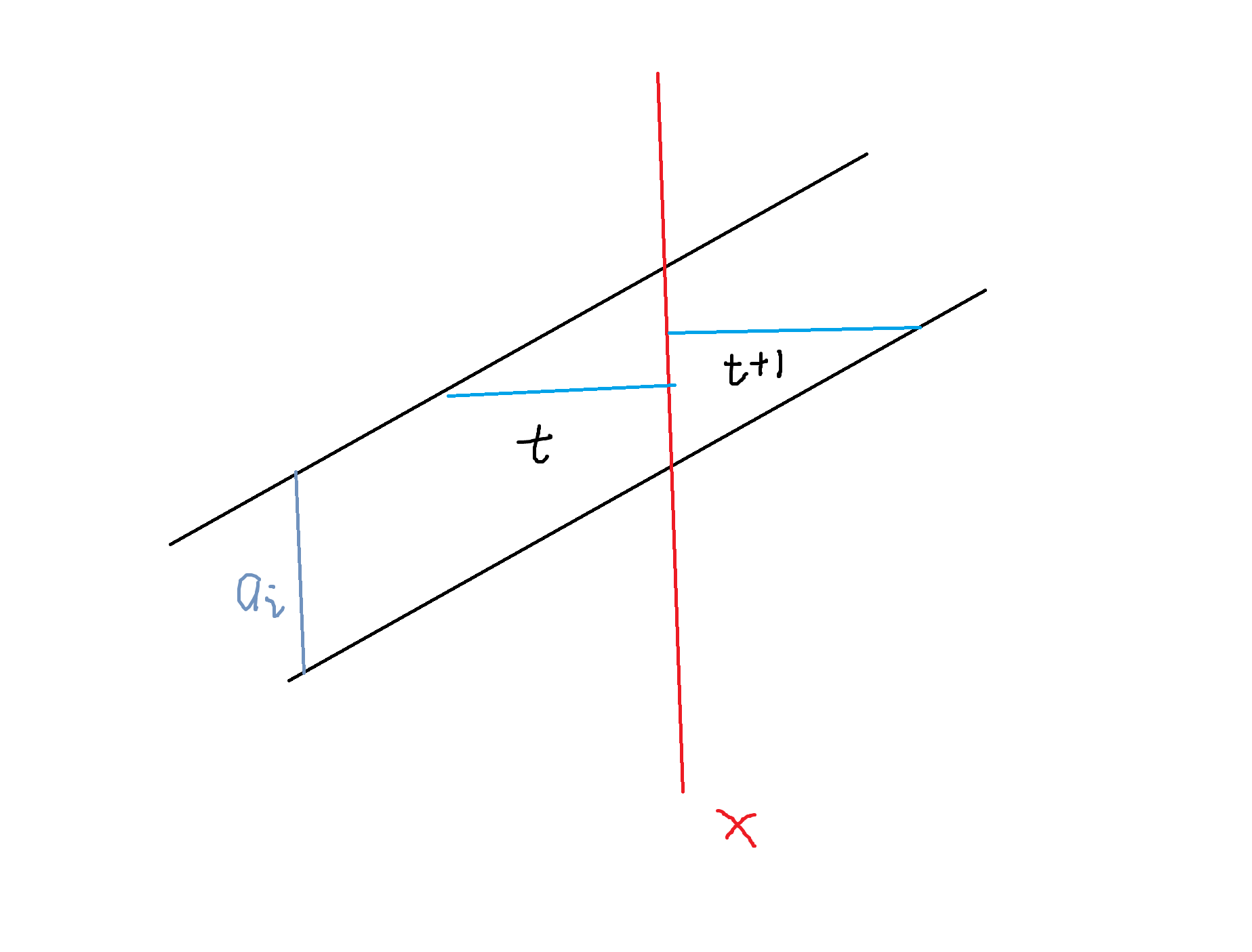1
2
3
4
5
6
7
8
9
10
11
12
13
14
15
16
17
18
19
20
21
22
23
24
25
26
27
28
29
30
31
32
33
34
35
36
37
38
39
40
41
42
43
44
45
46
47
48
49
50
51
52
53
54
55
56
57
58
59
60
61
62
63
64
65
66
67
68
69
70
71
72
73
74
75
76
77
78
79
80
81
82
83
84
85
86
87
88
89
90
91
92
93
94
95
96
97
98
99
100
101
102
103
104
105
106
107
108
109
110
111
112
113
114
|
#include <bits/stdc++.h>
using namespace std;
#define fi first
#define se second
typedef pair<int, int> pii;
typedef long long ll;
typedef long double ld;
const int mod = 1e9 + 7;
const int N = 1000 + 5, M = 12;
int pri[12] = {2, 3, 5, 7, 11, 13, 17, 19, 23, 29, 31};
int n, a[N], ind[35];
int f[N][(1 << M) + 5][2], pd[(1 << M) + 5], g[(1 << M) + 5], nxt[(1 << M) + 5];
struct solve {
int P;
vector<int> a, b;
void main() {
int n = a.size();
f[0][0][0] = 1;
int mask = (1 << 11) - 1;
for (int i = 0; i < n; i++) {
int y = a[i], x = b[i];
memcpy(f[i + 1], f[i], sizeof f[i + 1]);
for (int j = 0; j <= mask; j++) {
for (int k = 0; k <= 1; k++) if (f[i][j][k]) {
f[i + 1][j ^ y][k ^ 1] =
(f[i + 1][j ^ y][k ^ 1] +
f[i][j][k] * 1ll * pd[j & y] % mod
* (k == 1 ? P : 1) % mod * x % mod) % mod;
}
}
}
memcpy(nxt, g, sizeof nxt);
nxt[0] = (nxt[0] + mod - 1) % mod;
for (int j = 0; j <= mask; j++) {
for (int i = 0; i <= mask; i++) {
nxt[i ^ j] = (nxt[i ^ j] + g[i] * 1ll * f[n][j][0] % mod * pd[i & j] % mod) % mod;
}
}
memcpy(g, nxt, sizeof g);
if (P == 1) {
memcpy(nxt, g, sizeof nxt);
for (int j = 0; j <= mask; j++) {
for (int i = 0; i <= mask; i++) {
nxt[i ^ j] = (nxt[i ^ j] + g[i] * 1ll * f[n][j][1] % mod * pd[i & j] % mod) % mod;
}
}
memcpy(g, nxt, sizeof g);
}
for (int i = 0; i <= n; i++) memset(f[i], 0, sizeof f[i]);
}
};
solve so[N];
void MAIN() {
g[0] = 1;
cin >> n;
for (int i = 0; i < M; i++) ind[pri[i]] = i;
int mul = 1, mask = (1 << 11) - 1;
for (int i = 0; i <= mask; i++) {
pd[i] = 1;
for (int j = 0; j < 11; j++) if ((i >> j) & 1) {
pd[i] = pd[i] * 1ll * pri[j] % mod;
}
}
for (int i = 1; i <= n; i++) {
cin >> a[i];
if (a[i] == 1) {mul = mul * 2 % mod; continue;}
int b = 0, w = 1;
for (int j = 2; j * j <= a[i]; j++) {
if (a[i] % j != 0) continue;
int cnt = 0;
while (a[i] % j == 0) {
b ^= (1 << (ind[j]));
a[i] /= j;
cnt ^= 1;
if (!cnt) w *= j;
}
}
if (a[i] != 1 && a[i] < 32) {
b ^= (1 << (ind[a[i]]));
a[i] = 1;
}
so[a[i]].a.push_back(b);
so[a[i]].b.push_back(w);
}
for (int i = 1; i <= 1000; i++) if (!so[i].a.empty()) {
so[i].P = i;
so[i].main();
}
int res = (g[0] + mod - 1) % mod;
res = (res * 1ll * mul % mod + mul - 1) % mod;
res = (mod + res) % mod;
cout << res << '\n';
}
int main() {
ios::sync_with_stdio(0); cin.tie(0);
int T = 1;
while (T--) MAIN();
return 0;
}
|
